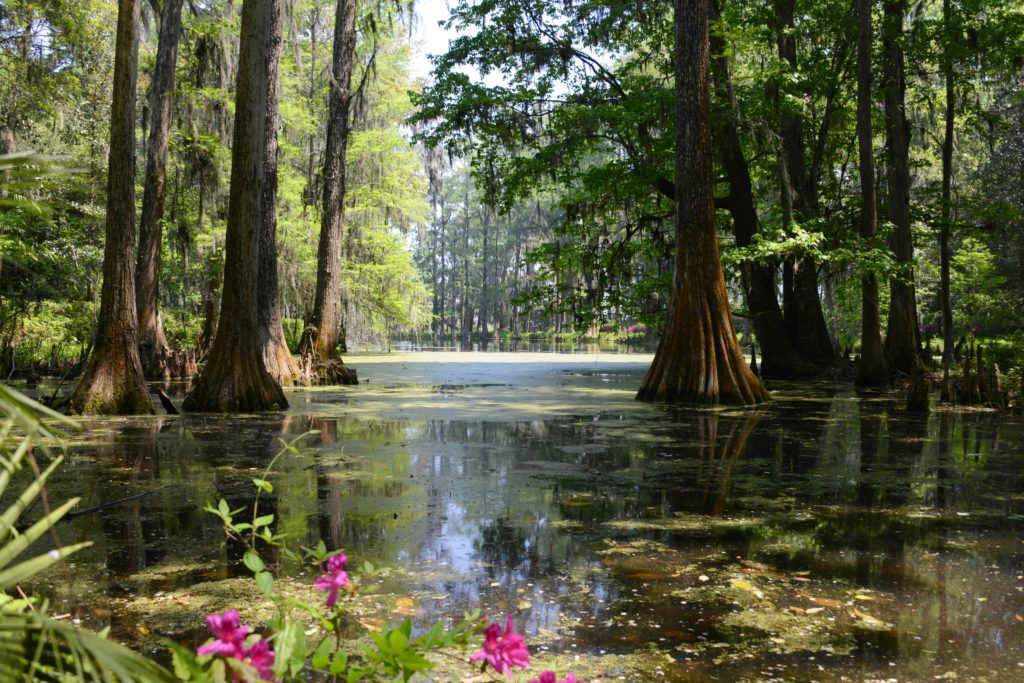One of the most unique things to me about Minecraft topography has to be the vast number of biomes that can be generated. Though a favorite is hard to choose, I can easily point to swamps as my least favorite kind; they were just messes of lily pads, vines, and trees, all half submerged in green water. Back to the real world, and a little research later they’re not that bad. With all the different habitats Earth has to offer, rarely do you get to acknowledge one as genuinely unique in role or composition, but wetlands truly stand out as nature’s vital middle ground between aquatic and terrestrial life.
Wetlands are biodiversity rich ecosystems characterized by partial submergence, and they are essentially transitional areas between larger habitats. Consisting of various types, each wetland form possesses different ecological roles, environmental characteristics, and spawning locations. Going down the list, the most common type of wetlands are marshes, which are open and flat ranges that can be found along rivers or near shores. Little spots and patches of freshwater make them very recognizable, and they’re mainly dominated by grasses and reeds. Swamps more closely resemble smaller forests, if the entire forest floor was flooded a few times over. These regions can be freshwater or saltwater depending on location, and house a variety of trees (mangrove, cypress, black gum, etc), shrubs, and amphibians. Bogs are distinguished by their acidic waters, and therefore boast very unique composition in vegetation. They have moss covered, spongy ground, and generally spawn in basins and valleys due to their water content coming fully from precipitation. Other wetland forms include mudflats, which are just mud and silt deposits off coastlines, fens, aka bogs without the acidity, and much more. That’s cool and all, but what makes them so important?
…ill finish it later

